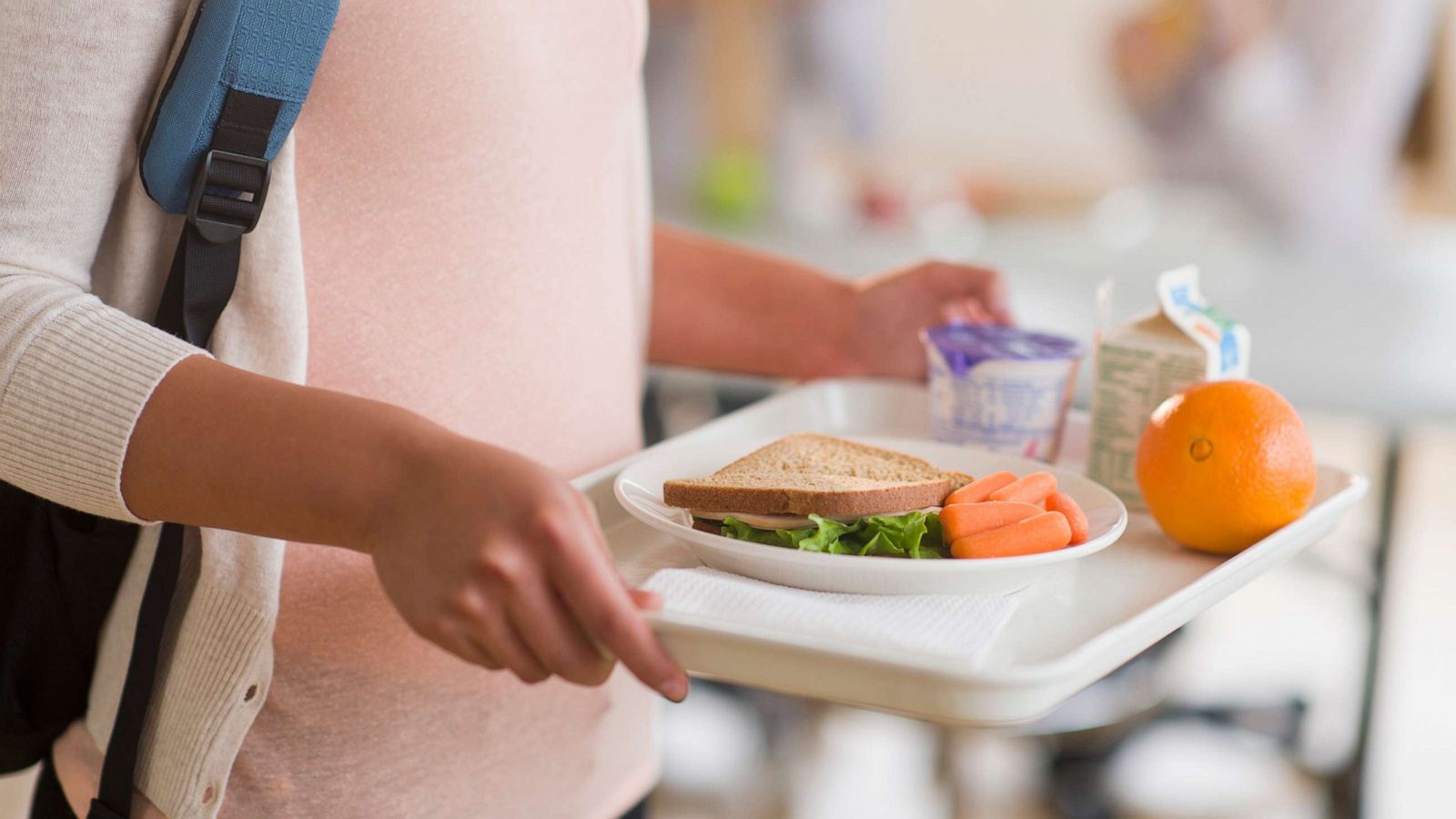The food lines at our school are some of the most unpleasant places on campus—wait times, overcrowding, and most irritating of all, line cutting. One would think that the process to get lunch was simple, however line cutting is a rampant issue that most students experience. Does getting lunch have to feel like a game of survival? On the contrary, we believe MHS must take a firm stance on line cutting to promote the inclusive environment we normally take pride in.
On one hand, students are aware of the fact that line cutting happens, but are powerless in enacting a large-scale remedy. In an online survey conducted by The Union, 85% of the 233 students who responded felt that there were problems regarding wait times, overcrowding, and cutting. Of those students, 39.8% said that line cutting was the top issue. As a consequence, students have to come up with their own measures at a public cost. A common way students cut is by having friends save a place in line, which causes longer wait times for everyone behind them. Normalizing such behavior encourages previously moral-abiding students to follow inappropriate maneuvers. With inconsistent management of the situation, it will not improve on its own.
For instance, teachers who are on break or lunch duty may not always be able to catch cutting stu dents. However, that’s where the school administration should step in to bolster measures they give their teacher monitors, such as training or communication techniques to use during scenarios where students may be uncooperative. A good example of breaking these habits occurred last school year, when teachers used whistles to call out students cutting and moved them to the end. Not only did this reward those using the lines appropriately, but also established efficient line flow.
This year, however, the school administration is displaying a hands-off approach. Considering how widespread the issue was last year, beyond the few teachers who made valiant attempts, it’s worth noting that nowhere in this year’s Parent/Student Handbook is line etiquette mentioned. During the schoolwide handbook presentations at the start of the year, behavioral topics on how to treat the campus would’ve been a helpful reminder for lunch line manners, despite how commonsensical they may seem. While teachers are already rotated to supervise the main cafeteria and satellite kitchens during brunch, personnel should be placed to oversee the same areas during lunchtime; an expansion effort that leads to a more uniform standard of monitoring. Regardless, the current policy is the epitome of inconsistent enforcement.
Out-of-control lunch lines don’t have to be the norm, nor should we accept them as so. It’s only right for the school to treat this situation as the headache that it is for students who simply want lunch without the hassle of sacrificing morals or recreational time. This solution is attainable, and we would be a step closer to fulfilling the campus we all deserve and know is within our reach.

